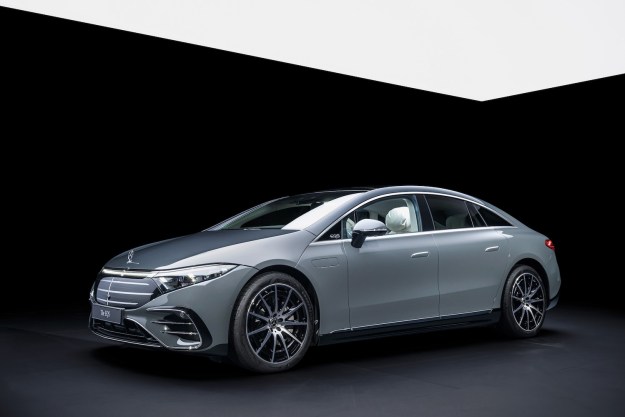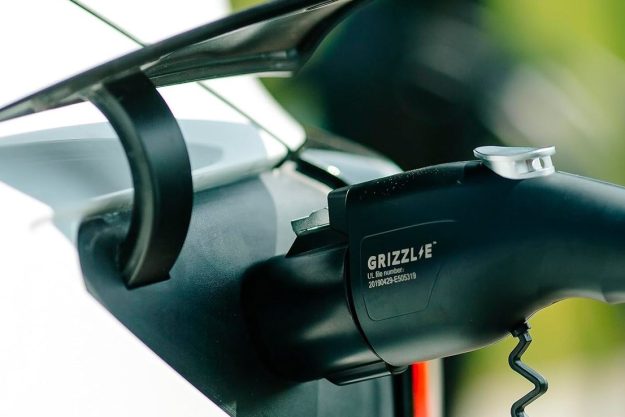BMW wasn’t planning on showing its 2014 3 Series GT until the first week of March, when the Geneva Motor Show opens its doors, but some leaked photos have forced the company’s hand. The specs show a car that has a lot in common with the rest of the 3 Series line, despite its unusual sheetmetal.
The 3 Series GT is similar in concept to the larger 5 Series GT. To make both cars, BMW takes one of its sedans and turns it into a high-roofed hatchback that supposed to be both stylish and utilitarian.
The jury is out when it comes to the styling, but the 3 Series GT will definitely be practical. The wheelbase is stretched by 4.2 inches, yielding an extra cubic foot of rear cargo space over a 3 Series wagon, and rear seat legroom increases by three inches over the sedan.
The roofline may have a dramatic slope, but it’s actually 3.2 inches taller than either a 3 Series sedan or wagon. A power tailgate includes a “smart opener” activated by swiping a foot under the rear bumper (just like on a Ford Escape). The cargo area also comes with LED illumination, making the 3 Series GT the perfect car for a late night body dump.
Look away from the capacious cargo area, and the GT starts to look like a regular 3 Series. Like the 3 Series sedan, it will offered in the United States as a 328i, with a 240 horsepower, 2.0-liter turbocharged inline-four, or as a 335i with a 300 hp, 3.0-liter turbocharged inline six.
An eight speed automatic transmission is standard, and doesn’t look like BMW will be offering the GT with a stick shift.
The 3 Series is known for its sporty handling, and the GT will keep the sedan’s double joint front axle. However, it will get space-saving five-link suspension in back.
The 3 Series GT will also be offered in the same trim lines as the 3 Series sedan: standard, Sport Line, Luxury Line, Modern Line, and M Sport.
The differences are mostly aesthetic. Sport Line nets blacked-out trim exterior trim, red interior trim, and 18 or 19-inch alloy wheels. Luxury Line replaces the black trim with chrome and the red trim with wood. Modern Line comes with unique “turbine” alloy wheels and its own interior colors.
M Sport models are breathed on by BMW’s M Division, the same people that brought you the M5. Don’t get too excited, though: mechanical changes are limited to a stiffened and lower suspension. The M Sport will also have a full body kit and a sport steering wheel.
The 3 Series GT will go on sale later this year, and pricing will be announced sometime before then. The GT will probably command a premium over other (non-M3) 3 Series models.
With the X1 and X3 crossovers already in showrooms, and the 3 Series wagon on the way, BMW’s showrooms will soon be crowded with utility vehicles. At least buyers will have plenty of choices.
Editors' Recommendations
- 2024 BMW i5 unveiled as the first electric 5 Series
- The all-electric BMW i7 is a home theater on wheels
- BMW’s entry-level 2 Series Gran Coupe packs big tech in a small package
- Horsepower, tech, or cubic feet? Have all three in the BMW 8 Series Gran Coupe
- With up to 617 hp on tap, the 2020 M8 is BMW’s new performance flagship


